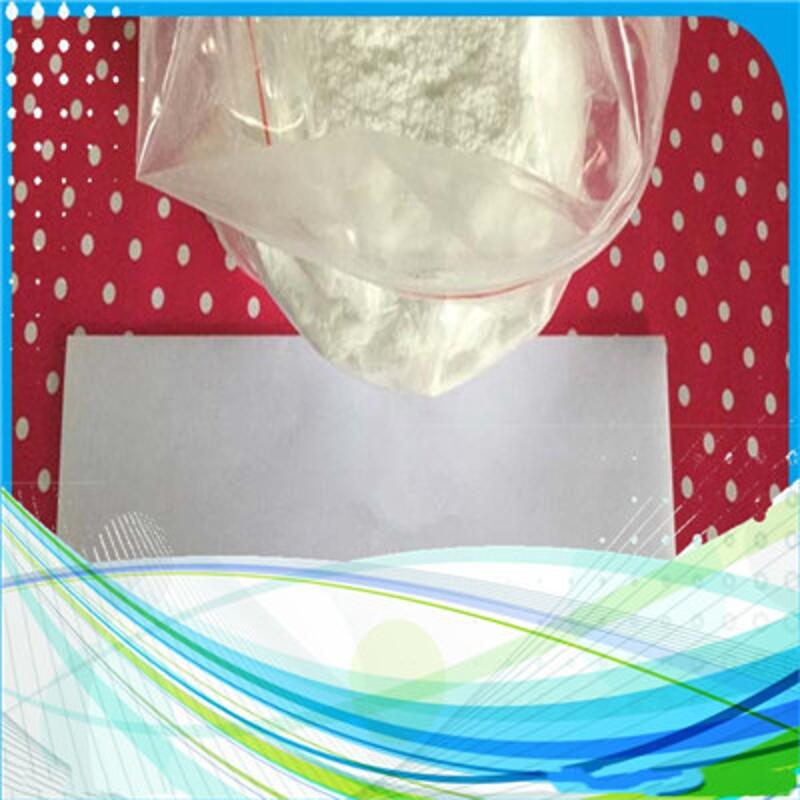Nature: a new hope of optogenetic tools, the structure of photoreductive sodium channel kr2 is analyzed
-
Last Update: 2015-05-11
-
Source: Internet
-
Author: User
Search more information of high quality chemicals, good prices and reliable suppliers, visit
www.echemi.com
On May 11, 2015, according to an academic article published in the international famous journal Nature by Biovalley / Japanese scientists, they have analyzed the structure of light driven sodium channel protein kr2, creating the possibility for a new generation of optogenetic tools in the future Many organisms can absorb the energy of light or sense the information of light, relying on a rhodopsin molecule This molecule is composed of 7 α - helix transmembrane proteins (opsin) that are covalently linked to a retinol molecule According to the types of opsin, it can be divided into animal and microbial opsin The function of rhodopsin is different from that of animals, which is mainly used as ion channel, ion transporter, photoreceptor or kinase The rhodopsin of this microorganism has attracted more and more attention This is because the rhodopsin of ion channel and ion pump type can be used for nerve cell activities in many living organisms, and has become a very powerful optogenetic tool in the field of neuroscience It is generally believed that the positively charged hydrogen ions of Schiff base will be located in the ion channels of all photoion pumps, and it is believed that they can prevent the passage of anions and neutral molecules The new problem of kr2 structure analysis is how the ion pump transports sodium ions Researchers have analyzed the structure of kr2 in neutral and acid environment, which respectively represent the protein structure of resting state and intermediate state X-ray diffraction and spectroscopy data show that the reversal of asp116 causes the hydrogen ions of Schiff base (lys225 in this case) to leave the ion channel, which is conducive to the passage of sodium ions Asp116 is deionized in acidic environment and deionized in neutral environment This indicated that the structural change of the protein might be induced by acid environment Then when the side chain of asp116 is close to the Schiff base in the acid environment, the protons (hydrogen ions) on the Schiff base can be transferred to asp116, which causes the change of the structure from the resting state to the intermediate state, so as to facilitate the passage of sodium ions They also tried to modify the rhodopsin molecule to selectively transport potassium ions Their engineered proteins do not selectively pass through sodium ions, but they can help transport neutral and negative molecules Through these studies, this rhodopsin can be used as a new generation of photogenetic tools This article is the original compilation of Biovalley, welcome to reprint! Please indicate the source of the reprint and attach the original link For more information, please download Biovalley app Doi: 10.1038/nature14322 PMC: PMID: structural basis for Na + transport mechanism by a light driven Na + pump krokinobacter eikastus rhodopsin 2 (kr2) is the first light driven Na + pump discovered, and is viewed as a potential next-generation optogenetics tool Since the positively charged Schiff base proton, located within the ion-conducting pathway of all light-driven ion pumps, was thought to prohibit the transport of a non-proton cation, the discovery of KR2 raised the question of how it achieves Na+ transport Here we present crystal structures of KR2 under neutral and acidic conditions, which represent the resting and M-like intermediate states, respectively Structural and spectroscopic analyses revealed the gating mechanism, whereby the flipping of Asp116 sequesters the Schiff base proton from the conducting pathway to facilitate Na+ transport Together with the structure-based engineering of the first light-driven K+ pumps, electrophysiological assays in mammalian neurons and behavioural assays in a nematode, our studies reveal the molecular basis for light-driven non-proton cation pumps and thus provide a framework that may advance the development of next-generation optogenetics.
This article is an English version of an article which is originally in the Chinese language on echemi.com and is provided for information purposes only.
This website makes no representation or warranty of any kind, either expressed or implied, as to the accuracy, completeness ownership or reliability of
the article or any translations thereof. If you have any concerns or complaints relating to the article, please send an email, providing a detailed
description of the concern or complaint, to
service@echemi.com. A staff member will contact you within 5 working days. Once verified, infringing content
will be removed immediately.







